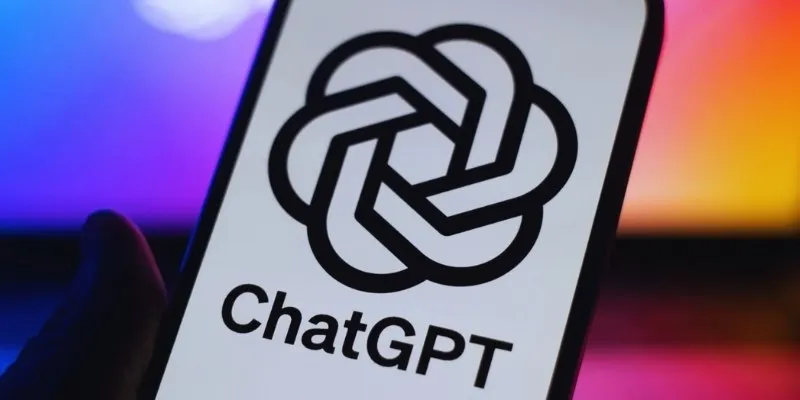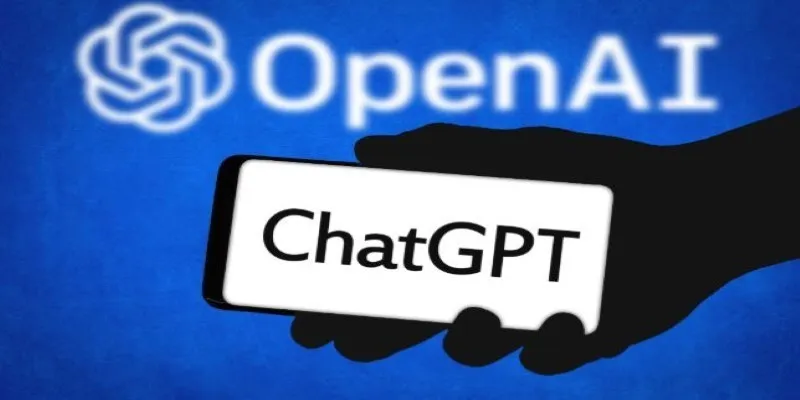ChatGPT’s Deep Research tool is a breakthrough for users who need detailed, multi-source insights without spending hours scrolling through the internet. Whether you’re researching a product, exploring business trends, or diving into technical topics, it provides high-quality summaries in minutes.
But while the feature is powerful, it’s not perfect. As someone who frequently uses Deep Research, I’ve noticed areas where it could be more intuitive, customizable, and user-friendly. In its current form, it’s like a high-powered engine that still needs tuning to perform at its absolute best. Here are 8 features that could dramatically improve ChatGPT’s Deep Research tool—and make it a true game-changer for every kind of user.
1. Customizable Parameters for More Precise Control
One of the most exciting additions OpenAI could make is letting users set custom parameters before launching a Deep Research request. Right now, you rely on follow-up questions to guide ChatGPT’s focus. But imagine if, before running the research, you could adjust filters similar to shopping websites.
You could select:
- The number of sources to pull from
- Preferred timeframes (e.g., research from the last 6 months)
- Specific keywords or topics to emphasize
It would make research much more focused and accurate. Instead of sifting through generalized summaries, you’d get exactly what you’re looking for—without having to clarify or redirect in follow-up prompts.
2. Choose Your Preferred Research Layout
ChatGPT tries its best to organize data effectively, sometimes providing bullet points, other times writing dense paragraphs or creating tables for comparisons. While this variety is great, the lack of user control over the layout can lead to frustration.
There are moments when a table would make information clearer, yet the tool responds in paragraph form. And while you can request a specific format using prompts, the results can be inconsistent.
The ideal improvement? Give users a simple option to choose how they want the final information presented—whether that’s in a table, bullet list, or full- text explanation. A toggle menu or formatting preference setting could dramatically improve clarity and usability.
3. A Higher Monthly Usage Allowance

For power users and professionals, the current Deep Research allowance feels too limited. Most users on the ChatGPT Plus plan get only 10 Deep Research requests per month, and that can disappear in just a couple of days—especially if you use the feature to support regular work or academic needs.
This restriction feels at odds with the value offered by a paid subscription. Expanding this to 15–20 monthly queries for Plus users and even more for Team or Pro plans would strike a better balance. It would also encourage higher- tier signups by offering tangible, day-to-day benefits. It isn’t about giving away more for free—it’s about ensuring paying customers get what they truly need out of the platform.
4. A Separate Section for Deep Research Conversations
ChatGPT is used for a wide range of tasks—from grocery planning to mental health journaling—and Deep Research chats often get buried in the clutter. There’s currently no way to visually distinguish a conversation that used Deep Research from regular chats.
A dedicated section for Deep Research results (or at least a unique icon or tag) would go a long way in keeping things organized. Users should be able to revisit past research without scrolling through unrelated threads. This simple interface improvement could transform how people use and navigate ChatGPT’s workspace, especially for users juggling multiple projects or topics.
5. Integration With Custom GPTs
Custom GPTs are incredibly powerful for creating specific tones, voices, and functionality within ChatGPT. Unfortunately, you can’t currently use Deep Research with them—and that’s a missed opportunity.
Imagine pairing a research request with a GPT tailored for financial analysis, medical summaries, or content creation. The added context from a custom GPT could refine Deep Research outputs significantly.
While there may be technical hurdles in combining both features, even partial integration would unlock huge potential. Custom GPTs could guide the type of language used, the depth of explanation, and the relevance of the findings—making the results more personalized and aligned with your needs.
6. Smaller Text Chunks for Easier Reading
When ChatGPT finishes a Deep Research task, the response is often massive—a wall of text that can feel overwhelming. Even though the content is valuable, reading through large blocks of information can be a challenge, especially on mobile screens.
Breaking down the response into smaller, more digestible sections would be a smart fix. Clear headings, more frequent paragraph breaks, or collapsible sub- sections would help users identify the most important takeaways faster. For visual learners or those short on time, skimming becomes easier.
7. The Ability to Exclude Specific Websites
Not all sources are created equal. Some sites are filled with misinformation or overly biased opinions, and when you’re doing serious research, you don’t want to rely on them.
That’s why adding an “exclude domain” option would be a powerful upgrade. Users could input URLs or domains they don’t want to consider in their research—similar to blocking sites in parental controls or productivity apps. While this might increase processing time, the benefit is clear: more trusted, accurate, and personalized results.
8. Voice Input and Audio Output for Research

ChatGPT’s Voice Mode is excellent for general interaction, but it hasn’t yet been extended to the Deep Research tool. Integrating voice input and audio summaries could be a game-changer, particularly for auditory learners or users with visual impairments.
Imagine being able to say, “Research the impact of climate change on coral reefs,” and then hearing a natural, spoken explanation of the findings while walking or commuting. Bonus points if you could receive a written transcript afterward.
Conclusion
ChatGPT’s Deep Research tool already offers something powerful: the ability to explore complex topics with clarity, speed, and structure. But it has room to grow. These eight feature suggestions aren’t just nice-to-haves—they’re logical next steps that could make the tool significantly more user-friendly, personalized, and professional. By giving users more control over how research is conducted, displayed, and accessed, OpenAI has a chance to take Deep Research from a great feature to an industry-leading one.
 zfn9
zfn9























